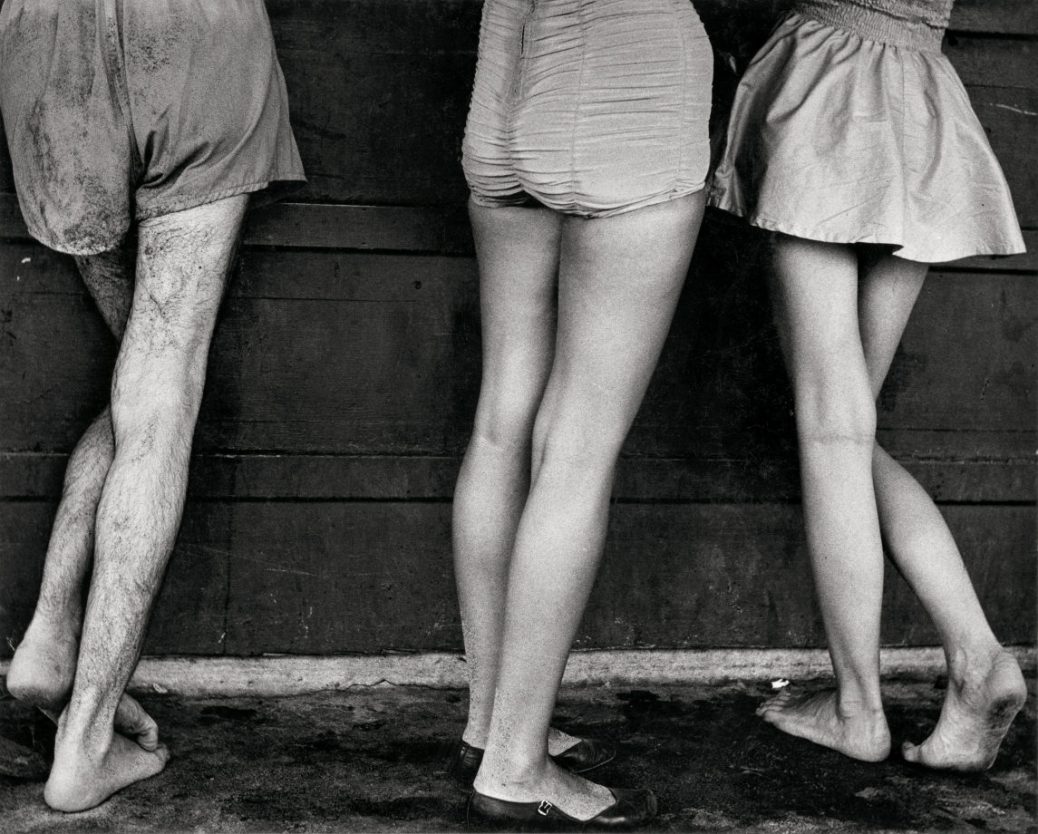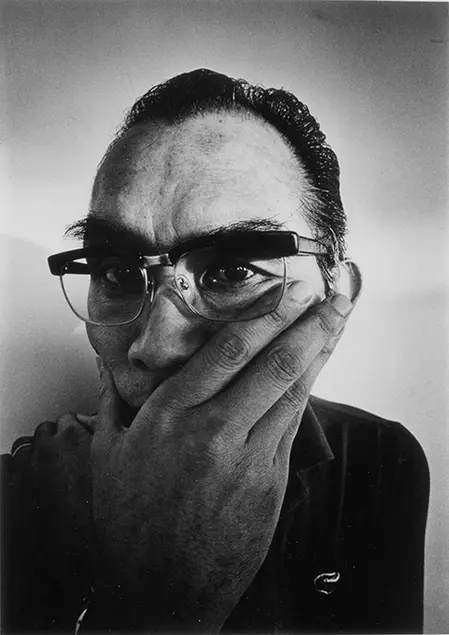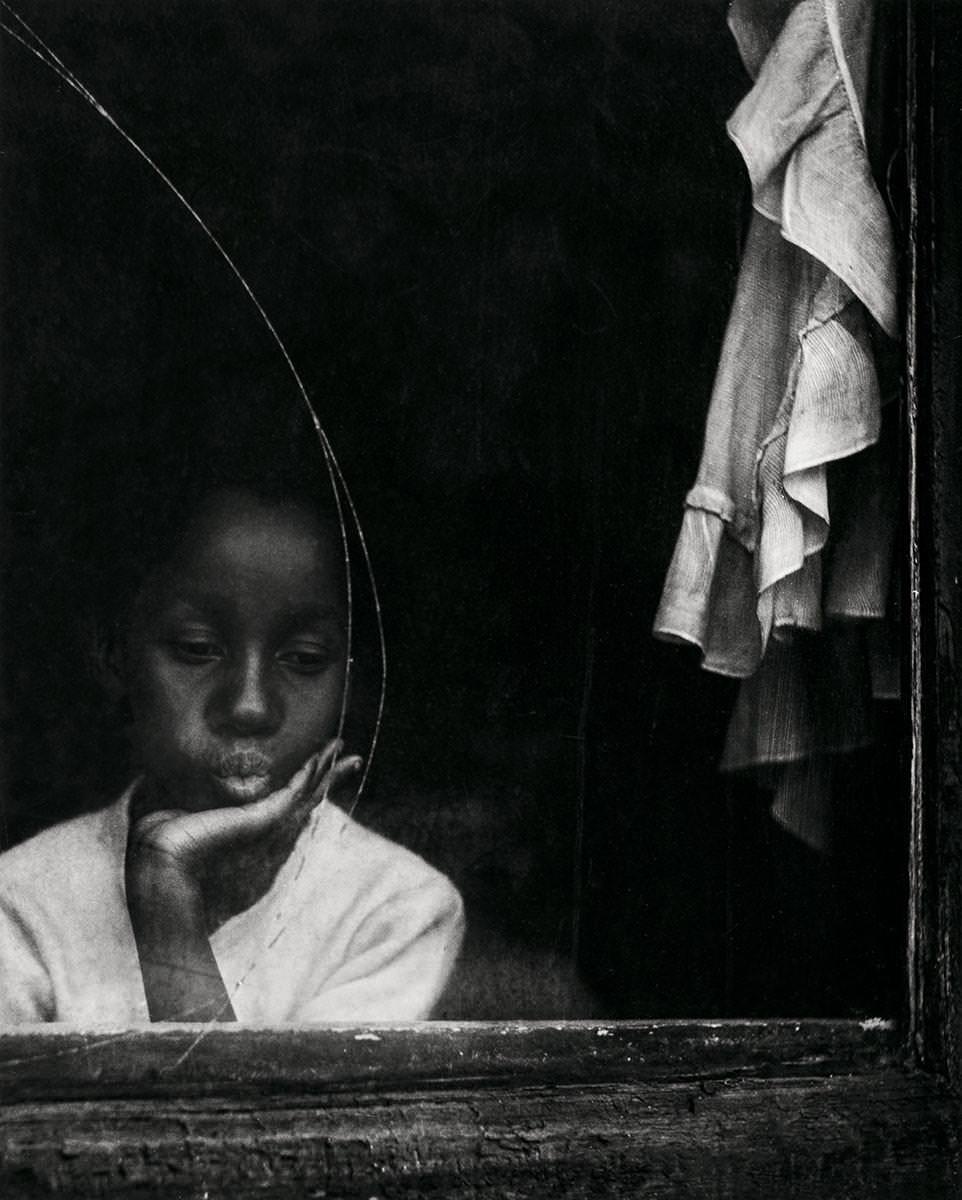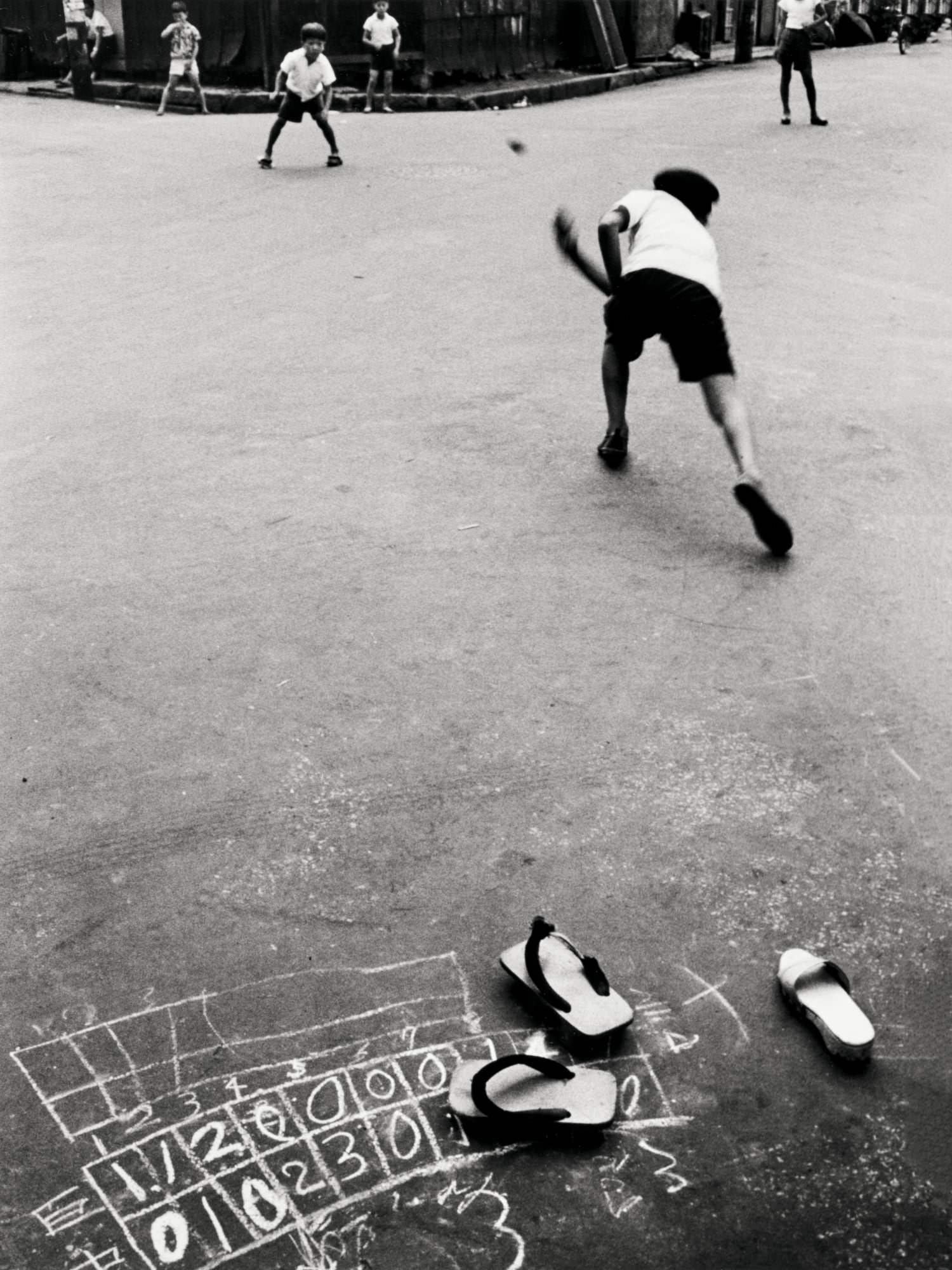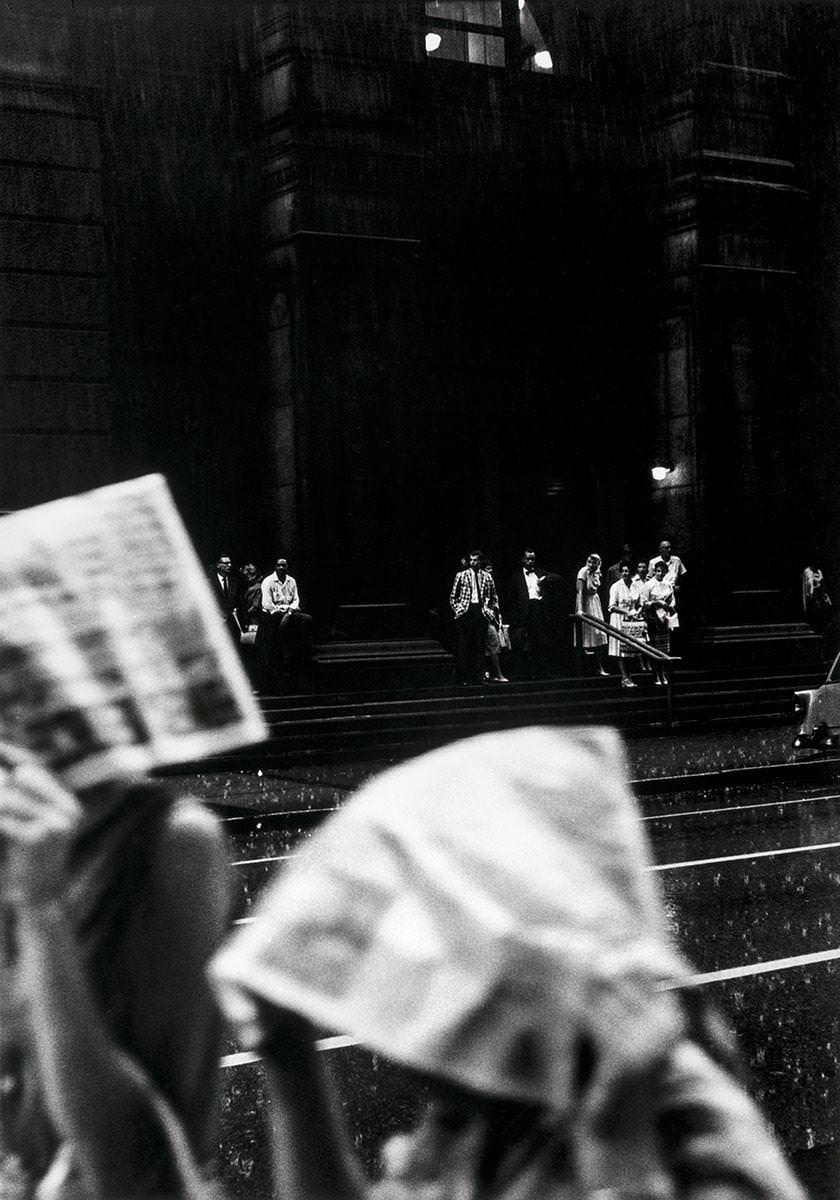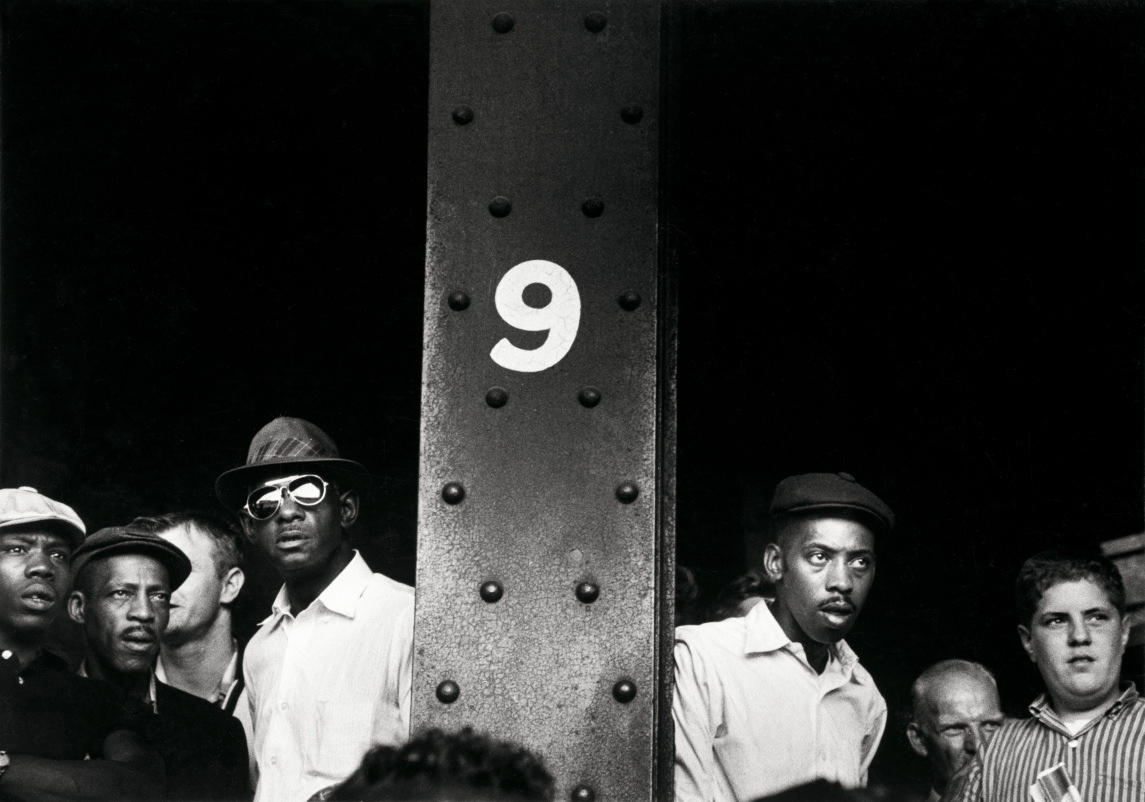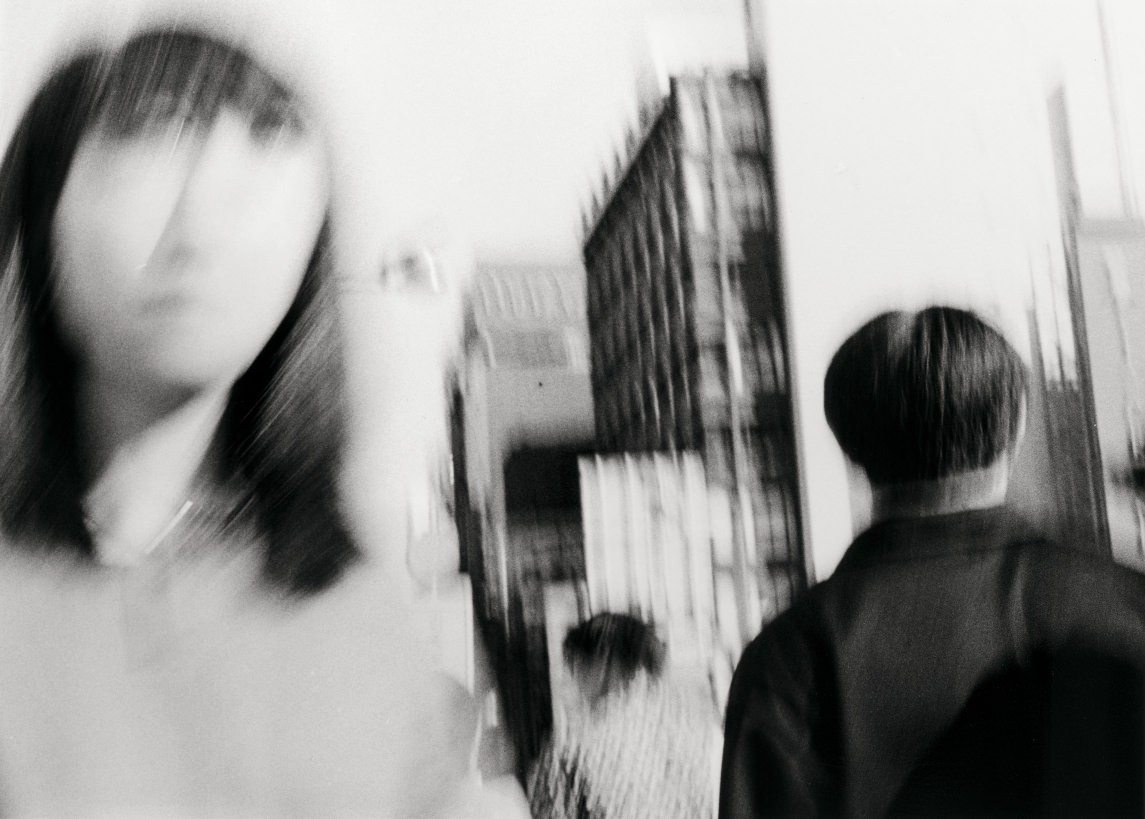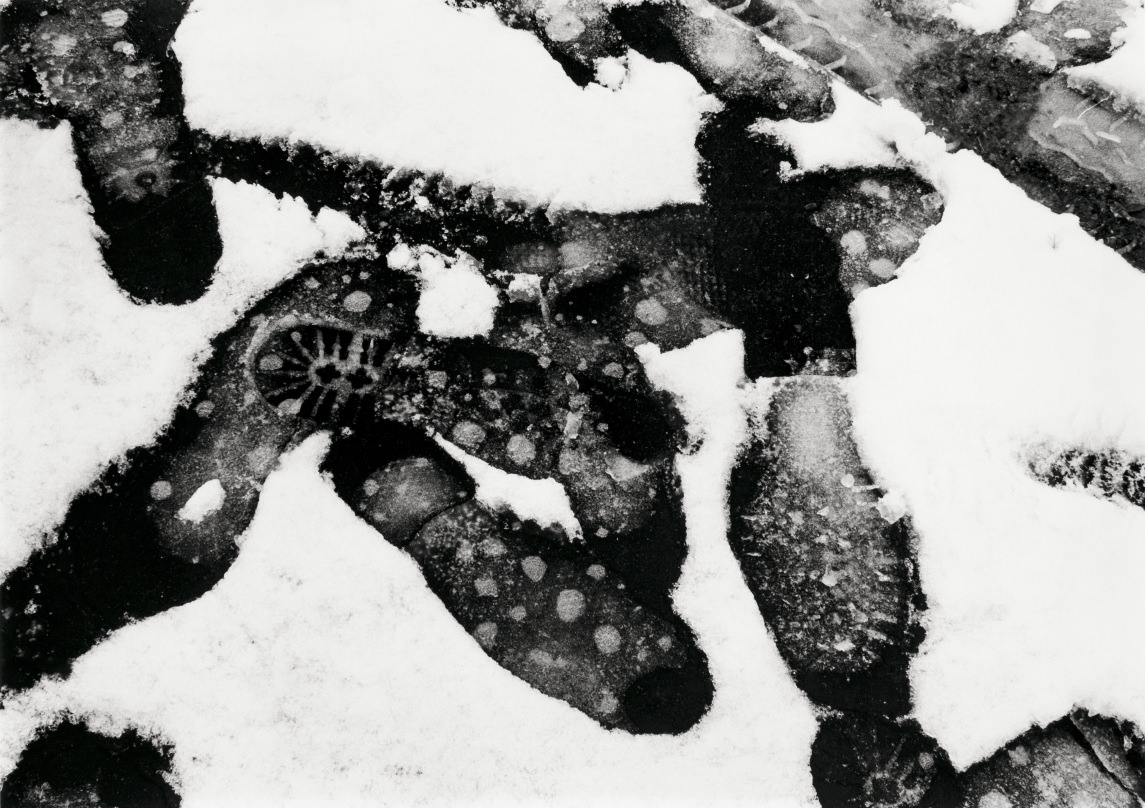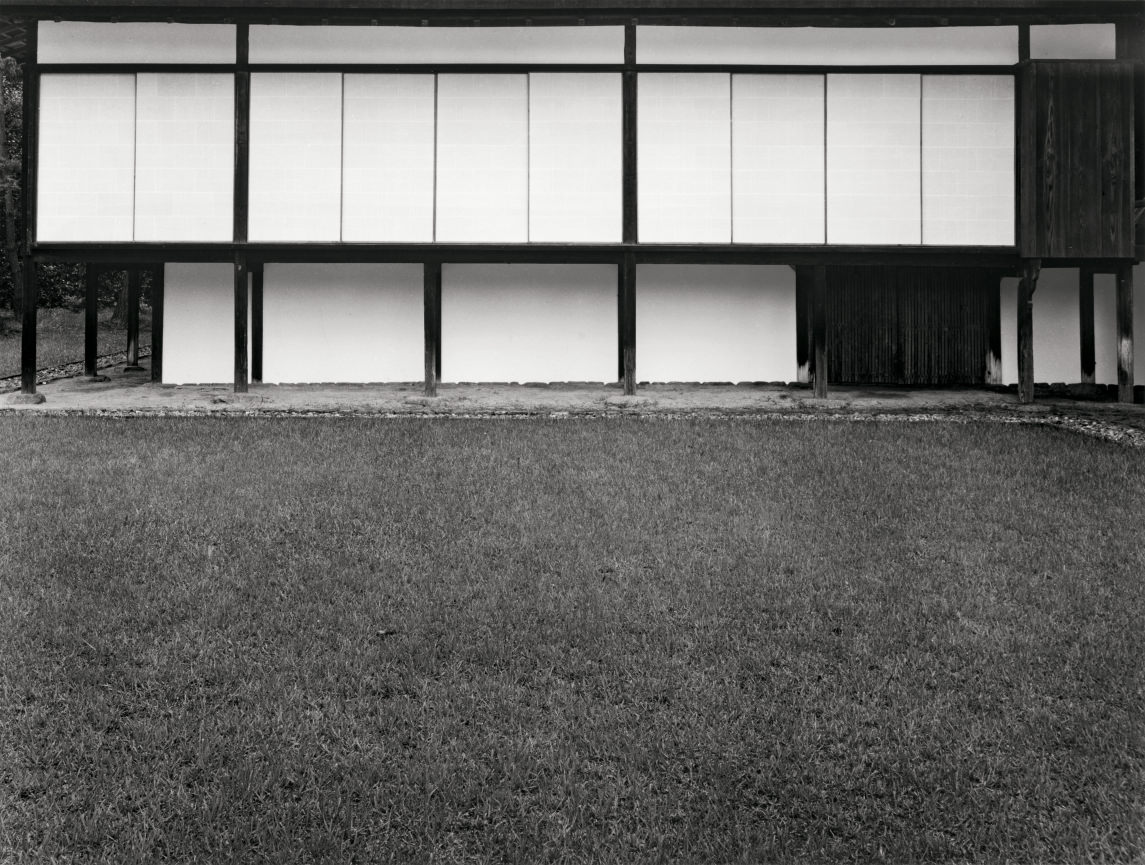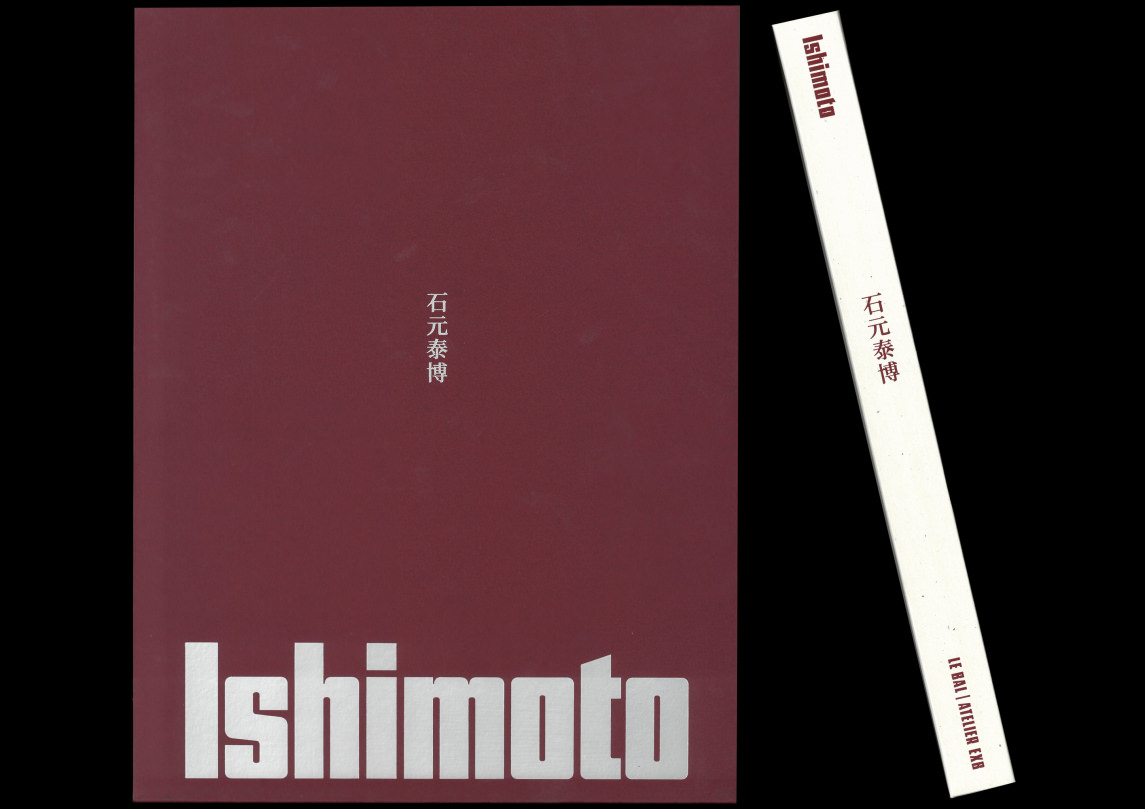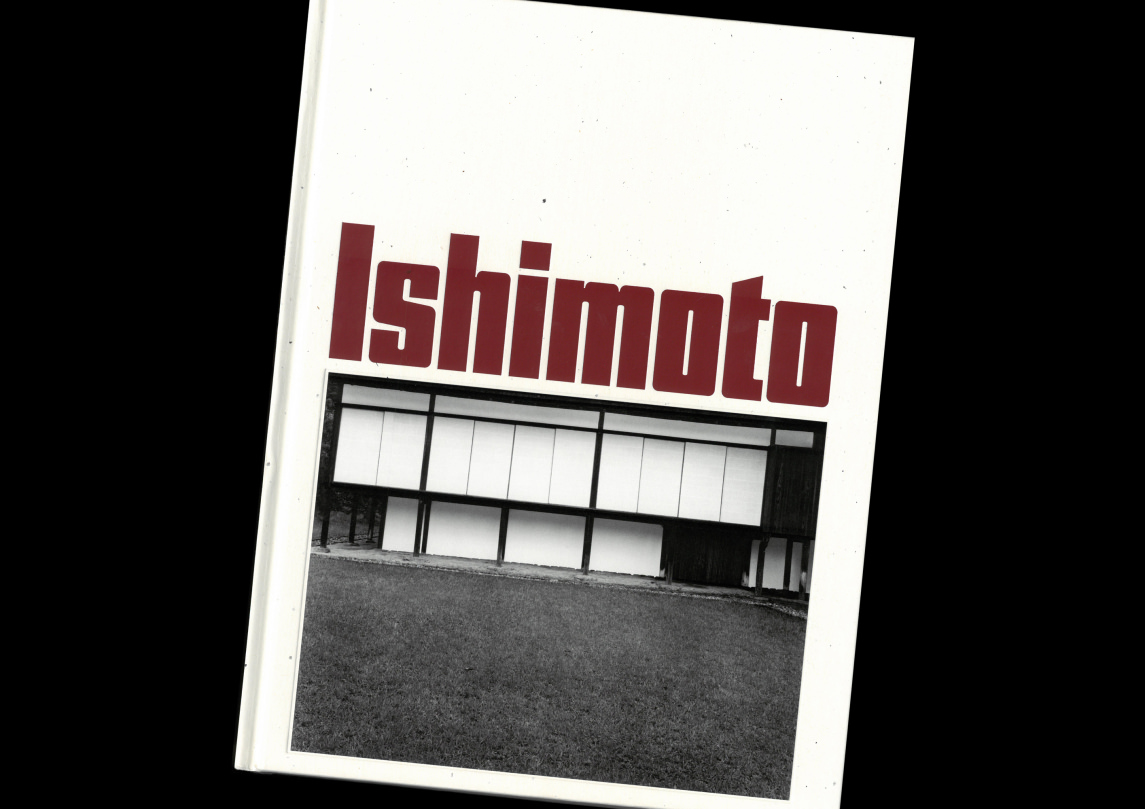Yasuhiro Ishimoto: Lines and Bodies
On show until November 17, 2024, LE BAL presents an exceptional yet relatively unknown figure in French circles: Yasuhiro Ishimoto (1921-2012), a pivotal personality in Japanese photography. This European premiere, organized in close collaboration with the Ishimoto Yasuhiro Photo Center at the Museum of Art in Kochi, Japan, features 169 rare prints, most of which are vintage and produced by Ishimoto himself. The exhibition delves into the initial decades of his career, spanning Chicago and Japan. Ishimoto, a notable figure of the 1950s and 1960s, was regarded as “visually bilingual” for merging the formal style of the New Bauhaus with the essence of Japanese aesthetics. Ishimoto’s unique blend of styles stems from his extraordinary journey. Educated at the Institute of Design between 1948 and 1952, he represents the first generation of Chicago School photographers, influenced by Harry Callahan and Aaron Siskind. Returning to Japan in 1953, Ishimoto emerged as a significant figure in the Japanese art scene. His photographs of the Katsura Imperial Villa in Kyoto created a body of work that profoundly impacted the architecture and design world. Art director Ikko Tanaka noted that Ishimoto was the first to introduce “an intellectual and austere modernism that greatly inspired us… His stone paths evoked Brancusi sculptures… He cast a radically new gaze on the world.” During this era, Ishimoto also innovated in the realm of photo books with the publication of “Someday, Somewhere” (1958), a landmark in Japanese publishing history. The book’s experimental graphic design had a profound influence on a new generation of photographers and designers. Constantly seeking reinvention, Ishimoto became a bridge of modernity in photography, blending Japanese and Western influences. His scenes of Chicago and Tokyo, characterized by their orderly and vibrant beauty, demonstrate why he was seen, in the words of Stefan Zweig, as an “extraordinary intermediary between Eastern and Western people, a man of double dimension, capable on the one hand of contemplating with astonishment and respect the foreign aspect of this beauty, and on the other of representing it and making us understand it as something self-evident, as a beauty experienced from within and made his own
The curators of the exhibition are: Diane Dufour and Mei Asakura, curator at the Ishimoto Yasuhiro Photo Center. The exhibition and accompanying publication are organized in partnership with the Ishimoto Yasuhiro Photo Center, The Museum of Art in Kochi, and supported by the Japan Foundation, Fondation d’entreprise Hermès, MUJI, Camille Fournet, Astrid Ullens de Schooten Whettnall, Shérine Audi, Franklin Azzi Architecture. The exhibition is held under the High Patronage of the Embassy of Japan in France.
The book Ishimoto – Lines and bodies is co-published by Atelier EXB and LE BAL.
About the Author
Yasuhiro Ishimoto (June 14, 1921 – February 6, 2012) was a Japanese-American photographer whose extensive career spanned several decades. His work intricately blended modernist design principles with traditional architectural themes, explored the subtle tensions of city life in Tokyo and Chicago, and demonstrated the camera’s ability to highlight abstract elements within ordinary and seemingly solid aspects of the world. Ishimoto, born in the USA but raised in Japan, returned to the States as a young adult during the escalation of World War II, subsequently being interned at the Amache Internment Camp in Colorado following the enactment of Executive Order 9066.
After the war, he pursued photography studies at the Bauhaus-influenced Institute of Design (ID) at the Illinois Institute of Technology, developing a significant photographic practice that bridged the United States and Japan. As a cultural conduit between Japanese and American art and architectural communities, Ishimoto significantly contributed to presenting Japanese architectural modernism to international audiences. His 1953-54 photographs of the Katsura Imperial Villa, published in 1960 as Katsura: Tradition and Creation in Japanese Architecture, were highly acclaimed in the architectural and design sectors. They were noted for their depiction of the villa’s structural precision and their nuanced portrayal of its spatial ambiance. The book, featuring essays by Kenzō Tange and Walter Gropius, played a crucial role in discussing modernism’s connection to traditional Japanese architecture.
During his lifetime, Ishimoto’s work was showcased extensively in the USA and Japan. Notably, two of his photographs were included in the iconic 1955 Museum of Modern Art exhibition, The Family of Man. He remained closely linked to Chicago, with his photographic series Chicago, Chicago published in 1969. Alongside his architectural photography, Ishimoto was a prolific documenter of daily life. His street scenes and depictions of ordinary people captured the honest emotions, anxieties, contradictions, and joys of modern urban existence through a thoughtful and deliberate perspective.
Yasuhiro Ishimoto: Lines and Bodies
until November 17, 2024
LE BAL, Paris, France

